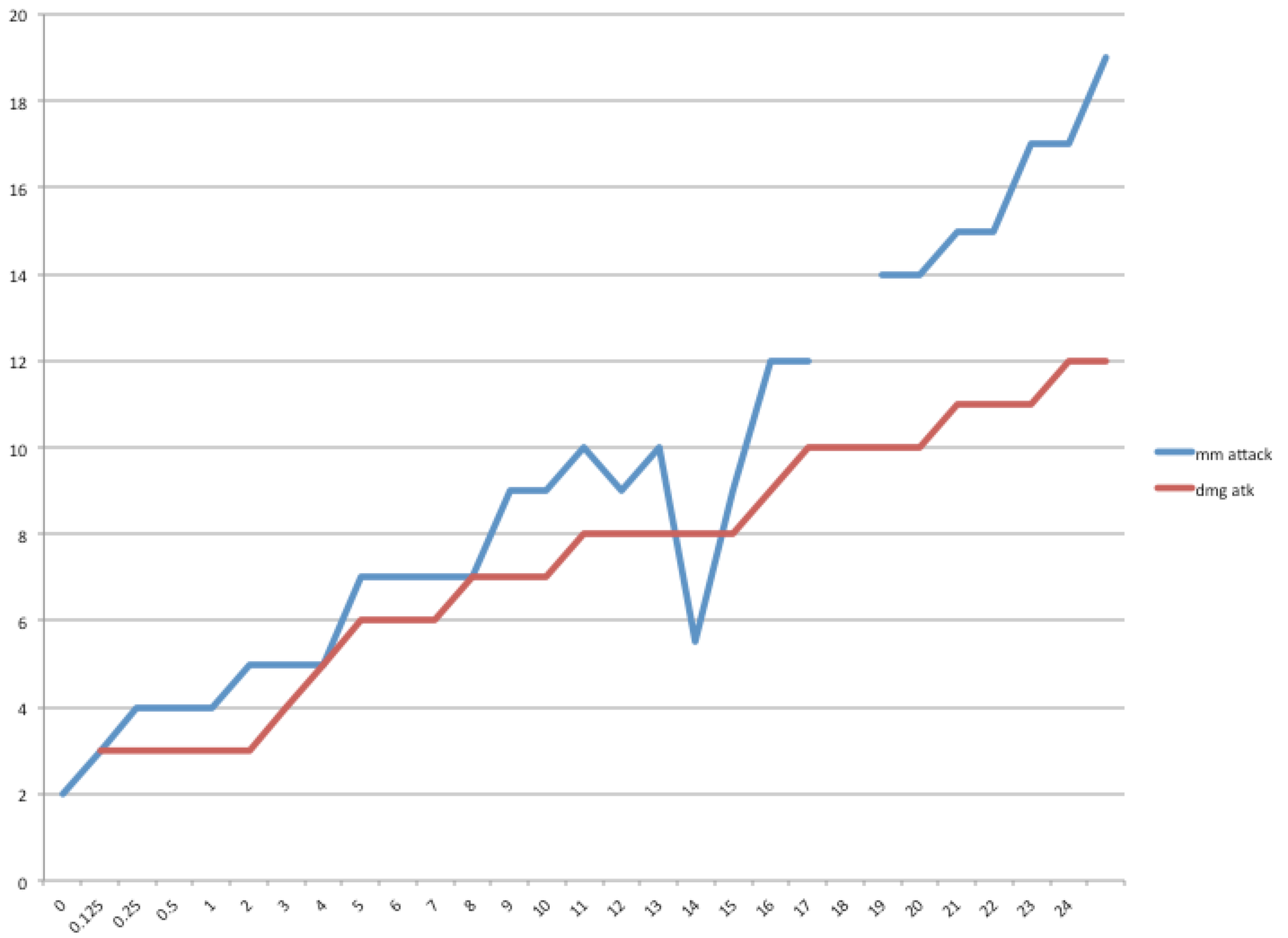


- #DMG CRS HOW TO#
- #DMG CRS SERIES#
It’s common to break up our game into a set number of roleplay encounters, exploration encounters, and combat encounters but consider setting those categories aside and simply developing situations. We don’t necessarily know what choices the players will make when they leap into an encounter and not knowing is half the fun. Maybe they sneak up the garbage chute and try to listen in to the bugbear’s plans. Maybe they attack the bugbear leader of the goblins directly.
#DMG CRS HOW TO#
Instead, we can set up the situation and let the players choose how to approach it. We don’t have to define any scene as being a roleplay scene, an exploration scene, or a combat scene ahead of time. In the vernacular of D&D, all of these types of scenes are considered "encounters". Develop Encounters from the Storyĭungeons & Dragons breaks down scenes into three different types of gameplay: NPC interaction and roleplaying, exploration, and combat. We're going to dig into all of these things throughout the article. Throw a mixture of easy and hard encounters at the characters. Add interesting terrain or fantastic features.
Mix up encounters to keep things fresh. Vary hit points within the hit-dice range. Adjust the encounter as needed during the game. In particular, be nice to level 1 characters. Use a tool like the tables in Xanathar's Guide to Everythingif you're not sure. Remember that fewer monsters are generally easier than lots of monsters. 
Understand the loose relationship between monster challenge ratings and character levels.
Keep an eye out for unexpectedly deadly encounters. Give the characters openings to take different approaches towards the scene. Other times it might be an entire hobgoblin warband. Sometimes this might be two sleepy guards at a cave entrance. Choose the type and number of monsters that make sense given the situation. We only have to set up the situations and let the players decide how to interact with them. We don't have to pre-define encounters as "combat", "roleplaying", or "exploration". Let encounters develop from the story, the situation, and the actions of the characters. Here's a quick summary of this article's approach towards encounter building: In this article we're going to dig deep into one of the most challenging aspects of running a D&D game: building combat encounters. In previous articles we've covered how to find a group, how to run your first adventure, how to improve your improvisation skills, what tools you might use, and options for representing monsters on the table. #DMG CRS SERIES#
This is the sixth in a series of articles intended to help new Dungeon Masters run great D&D games.







 0 kommentar(er)
0 kommentar(er)
